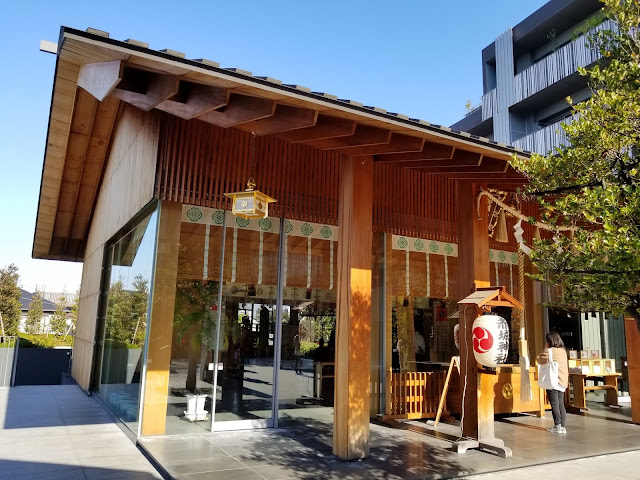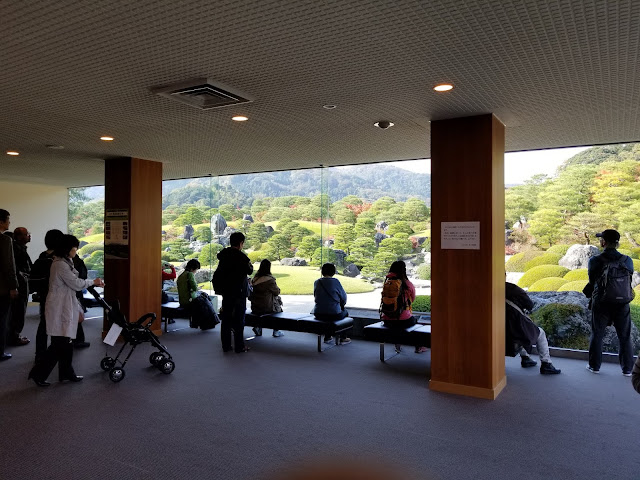This article was updated on 21 Sep 2021 to add a map for Jewel Changi Airport.
Singapore's Changi Airport is not only a major transportation hub, but also a shopping and sightseeing destination. Jewel Changi Airport was developed over a former open car park for one of the terminals and is accessible from three of the (current) four terminals at the airport. Jewel's centerpiece is the world's tallest indoor waterfall, named the Rain Vortex, and is surrounded by a terraced forest setting, which is further surrounded by an upscale shopping mall. I will not go into the details, but you can get more information about Jewel on Wikipedia:
All I can say is that Jewel is spectacular and definitely worth seeing if you're ever in Singapore. Jewel not only attracts airport users, but Singaporeans themselves come to Jewel not only for shopping, but also eating. Singapore's rabid food culture has so many food choices and places to eat, it is no wonder that Jewel has also mirrored the food options found in the city itself as well as offering unique eating places that can only be found at Jewel.
If you're scheduled for a flight out of Changi Airport, it is possible to check-in early with selected airlines, and then go shopping and eating before the flight leaves. It is not unusual to see passengers in transit wheeling their baggage carts while viewing the Rain Vortex.
Map
Support
- I hope you're enjoying these posts. If you're enjoying them, please go to https://www.facebook.com/ducksoupeasytravel/ and give it a like on Facebook.
- Also if you've been following my food blog, please go to https://www.facebook.com/ducksoupeasy/ and give it a like too.
- Thanks for your continued support and comments.



